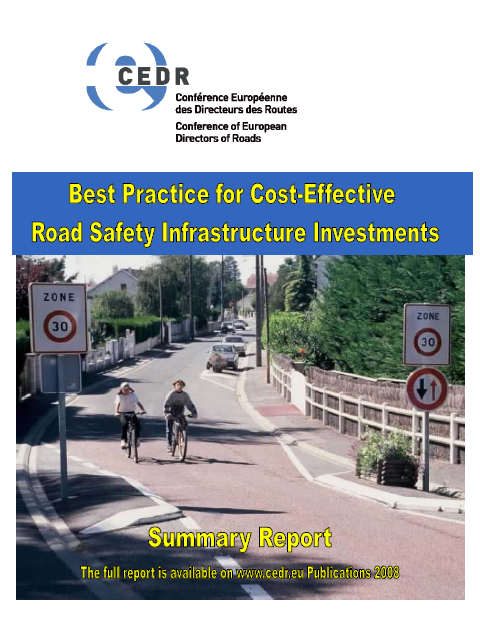
The objective of this paper is the assessment of the effectiveness of road safety measures atjunctions. In particular, the paper investigates the effectiveness of various junction layouttreatments (conversion of junctions to roundabouts, redesigning of junctions, changes of thejunction angle, staggering of junctions, reduction of gradients on approach, increase of sighttriangles and channelisations) or traffic control interventions (implementation of ‘yield’ or‘stop’ signs, the implementation or the upgrade of traffic signals) aiming to reduce roadaccidents and fatalities. An exhaustive review of the literature was carried out, in order tosummarise the existing research findings with respect to safety effects, non-safety effects(e.g. traffic or environmental effects), and cost-effectiveness assessment of the examinedmeasures, with focus on the estimation of the cost-benefit ratio of the measures in a reliableway. Particular emphasis was put on the identification of the implementation conditions thatare associated with the magnitude of the effects in each case. Moreover, the ranges ofimplementation costs per unit of implementation were estimated. The results of the presentresearch suggest that road safety measures implemented at junctions are among the mostpromising road safety measures, given that they are generally associated with verysatisfactory cost-benefit results. However, it is recommended that cost-benefit ratios andsafety effects are always examined in conjunction with each other. Moreover, transferabilityof results among different settings or countries should be examined with particular caution.
| ID | pc113 |
| Presentation | |
| Full Text | |
| Tags | junctions, road infrastructure, road safety measures |







